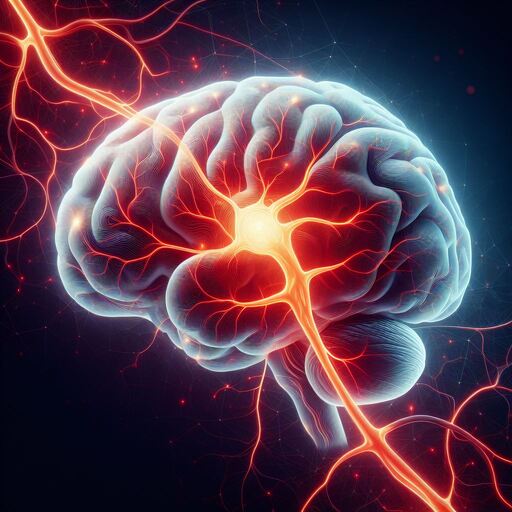Aneurysm Awareness Shining Light on Paths to Resilience
Aneurysm Awareness Shining Light on Paths to Resilience
Aneurysms are silent threats that can have life-altering consequences, but through increased awareness and education, individuals can navigate this medical condition with resilience and hope. In this article, we will delve into the importance of aneurysm awareness, share insights into early detection and prevention, and highlight inspiring paths to resilience for those affected by aneurysms.
Understanding Aneurysms: The Hidden Danger
An aneurysm occurs when a weakened section of a blood vessel wall bulges or balloons out, potentially leading to complications such as rupture and internal bleeding. Aneurysms can develop in various arteries throughout the body, with the most critical locations being the brain (cerebral aneurysm) and the aorta (aortic aneurysm). While some aneurysms remain asymptomatic, others can cause symptoms such as severe headaches, chest pain, or back pain.
The Importance of Aneurysm Awareness
Raising awareness about aneurysms is crucial for early detection, prompt intervention, and prevention of life-threatening complications. By increasing public knowledge and understanding, we can empower individuals to recognize potential warning signs and seek timely medical attention.
Spotlight on Early Detection and Prevention
Aneurysm Awareness Shining Light on Paths to Resilience
Early detection plays a pivotal role in improving outcomes for individuals at risk of aneurysms. Key strategies for early detection and prevention include:
- Regular Health Screenings: Routine health check-ups allow healthcare professionals to assess cardiovascular health and identify risk factors associated with aneurysms, such as high blood pressure, smoking, or family history of aneurysms.
- Imaging Tests: Diagnostic imaging tests, such as ultrasound, CT scans, or MRI scans, can detect aneurysms before they cause symptoms, enabling early intervention and preventive measures.
- Lifestyle Modifications: Adopting heart-healthy habits, such as maintaining a balanced diet, engaging in regular exercise, managing stress, and quitting smoking, can reduce the risk of developing aneurysms and other cardiovascular conditions.
Inspiring Paths to Resilience
Individuals affected by aneurysms demonstrate remarkable resilience and courage in their journey towards healing:
Sarah’s Story of Empowerment
Sarah, a young professional and marathon runner, was diagnosed with a cerebral aneurysm after experiencing sudden neurological symptoms. Determined to take charge of her health, Sarah underwent minimally invasive endovascular coiling to treat her aneurysm. Throughout her recovery, Sarah embraced a positive mindset and focused on maintaining a healthy lifestyle. Today, she advocates for aneurysm awareness, sharing her story to inspire others facing similar challenges.
David’s Journey of Hope
David, a retiree with a family history of cardiovascular disease, discovered he had an abdominal aortic aneurysm during a routine health check-up. Encouraged by his healthcare team, David underwent elective endovascular repair to reinforce the weakened blood vessel. With support from his family and friends, David adopted heart-healthy habits and embraced rehabilitation to regain his strength. Today, David lives an active life and promotes preventive healthcare within his community.
Community Engagement and Advocacy
Aneurysm Awareness Shining Light on Paths to Resilience
Raising awareness about aneurysms requires collective efforts and community engagement:
- Educational Campaigns: Healthcare organizations, advocacy groups, and community initiatives play a vital role in promoting aneurysm awareness through educational campaigns, workshops, and informational resources.
- Support Networks: Building support networks of patients, caregivers, and healthcare professionals fosters a sense of community and provides emotional and practical support for individuals affected by aneurysms.
Conclusion: Illuminating Paths to Resilience
In conclusion, aneurysm awareness is key to promoting early detection, prevention, and resilience in the face of this silent medical threat. By shining a light on the importance of early intervention and lifestyle modifications, we empower individuals to take proactive steps towards cardiovascular health. Through inspiring stories of resilience and community advocacy, we foster hope and resilience for those affected by aneurysms, paving the way for improved outcomes and a brighter future.
Aneurysm Awareness Shining Light on Paths to Resilience

